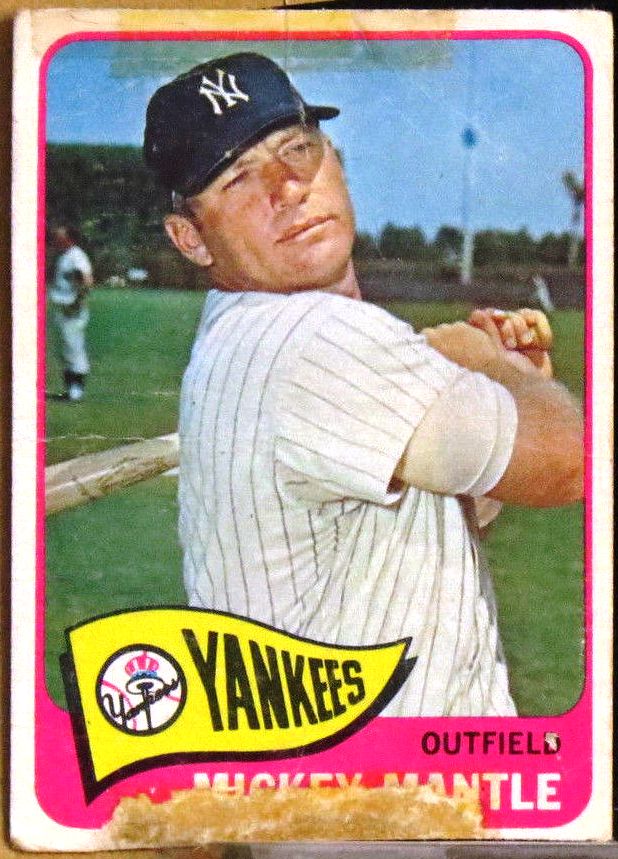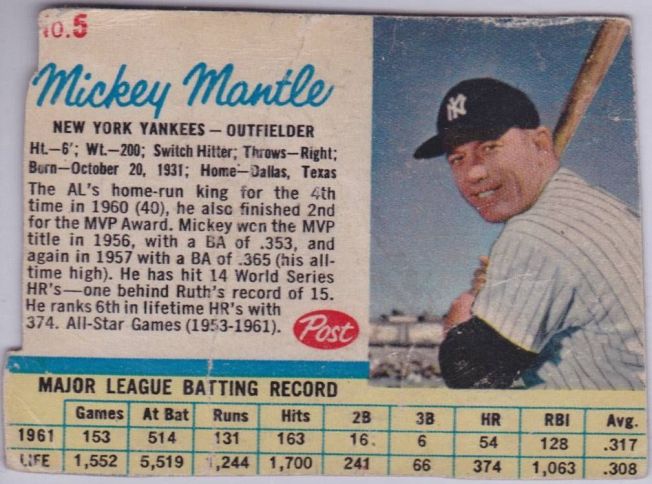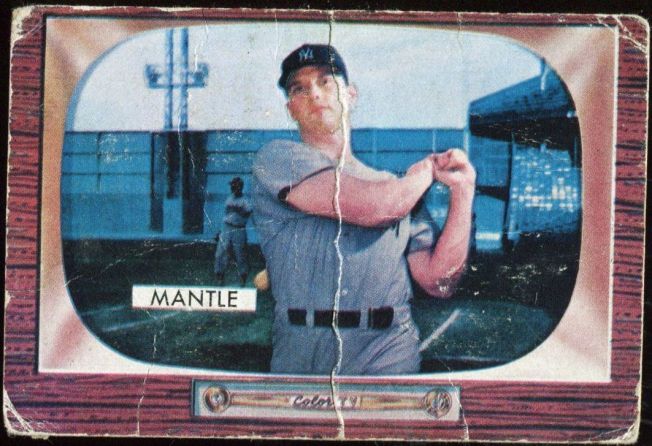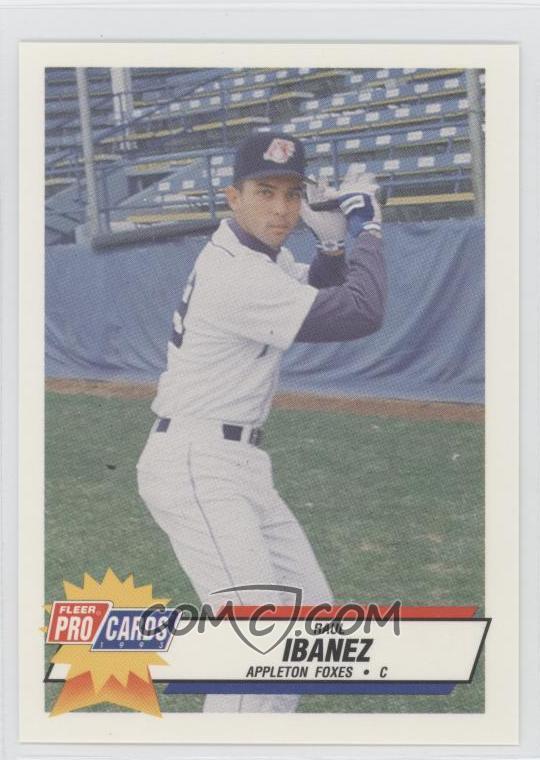“Who are these people? Where do they come from? What do they do? What’s in a name?”
—Harvey Pekar in the film adaptation American Splendor (2003)
Harvey Pekar’s quasi existential musings in his now famous “What’s in a name” monologue felt like an appropriate start here. I recall feeling the same vaguely pensive sentiments about identity, chance, and fate not long after I first encountered pitcher Sam Jones and his salient, doleful visage. To this day, Sam’s lachrymose expression seems to cause the very cardboard to warp and sag on his contradictorily brightly colored 1958 Topps card. Printed in typical four-color halftone on customary compressed cellulose, his portrait exhibits a poor imitation of a happy ballplayer; indeed, the tortured smile that drags his eyes down appears to be more grimace than grin. This is the illustrated definition of a long face. One compatriot baseball enthusiast whom I know even jokingly suggested a more than suitable nickname, “Sad Sam.” Actually, it turns out that Sam’s teammates and fellow players similarly christened him: “Sad Sam Jones.”

Sad Sam it would be. Naturally, curiosity next propelled me to do some casual research (as if the baseball almanacs, biographic blurbs, and statistical ebbs and flows would so easily illuminate some secret tragedy in Sam’s past). I was but barely on my way to discovering the origins of Sad Sam’s woes and melancholy when I soon confronted a wall of confusion in the form of another pitcher—named Sam Jones. At first I assumed an error had somehow occurred in the annals of ash wood and leather. In fact, I swore that some editorial oversight was culprit for the following, more startling duplication: that this other, early prototype (highly regarded by players and fans in his time) was also infamously hailed as none other than “Sad Sam Jones.”

Two Sam Joneses. Two “Sad” Sam Joneses. Both pitchers. But wait: the coincidental or preordained links in the chain do not end there—not by a long ball. For while each Sad Sam clearly lived his own individual life, possessed no shortage of inimitable eccentricities, and earned some fine distinctions in the game, some additional and curious parallels exist. . . .
Sams converge
The Sad Sam Jones who lived from 1892 to 1966 (henceforth Sam Jones I) was a pitcher who threw right and batted right.
Likewise, the Sad Sam Jones who lived from 1925 to 1971 (henceforth Sam Jones II) was a pitcher who threw and batted right.
Sams diverge
Sam Jones I played in the MLB from 1914 to 1935—near the end of the dead-ball era and into a new chapter for pitchers.
Sam Jones II played first in the Negro leagues and then in the MLB from 1951 to 1964—near the end of the era of exclusion of African Americans from baseball and into a new chapter for black ballplayers.
Sams converge
Among other teams, Sam I played for the Cleveland Indians and St. Louis Browns.
Among other teams, Sam II also played for the Cleveland Indians, St. Louis Cardinals, and the Baltimore Orioles (formerly known as the St. Louis Browns).
Cleveland was the first team for both Sams.
Sams diverge
Sam I’s achievements include winning three World Series Championships (with the New York Yankees).
Sam II’s achievements include appearing in two All-Star games.
Sams converge
Sam I was born in Woodsfield, Ohio.
Sam II was born in Stewartsville, Ohio.
Approximately forty miles apart, Woodsfield is less than an hour drive from Stewartsville.
Sams diverge
Sam I earned his nickname on account of his “downcast” exterior when on field, no doubt exaggerated by the style in which he wore his baseball cap very low over his eyes. (While other players wore their caps high so they could more easily admire the female fans, or so he jocularly criticized, Sam defensively attributed his peculiar cap-donning fashion to the desire to play with focus.)
Sam II earned his nickname due his shy nature and “mournful-looking” appearance (often with a toothpick in his mouth, which earned him a second moniker).
Sams converge
Sam I threw a no-hitter in 1923 but with the dubious distinction of failing to make a single strikeout (a first for a pitcher with a no-hitter).
Sam II threw a no-hitter in 1955 (making him the first black pitcher to accomplish this feat in the MLB).
Sams meet
After his time playing major league ball was over, Sam I remained involved in baseball. Whether by kismet or serendipity, his charitable work among youths in baseball would bring two paths to a cross, as SABR reports:
He kept busy, teaching kids in Woodsfield how to play ball (and securing donations of major-league equipment from some of his old teammates), according to his friend, Ronald Turner; one of those children, from nearby Stewartsville, Ohio, was another Sam Jones, nicknamed “Toothpick Sam.”
Credit: 1958 Topps Sam Jones courtesy of COMC.com.









































